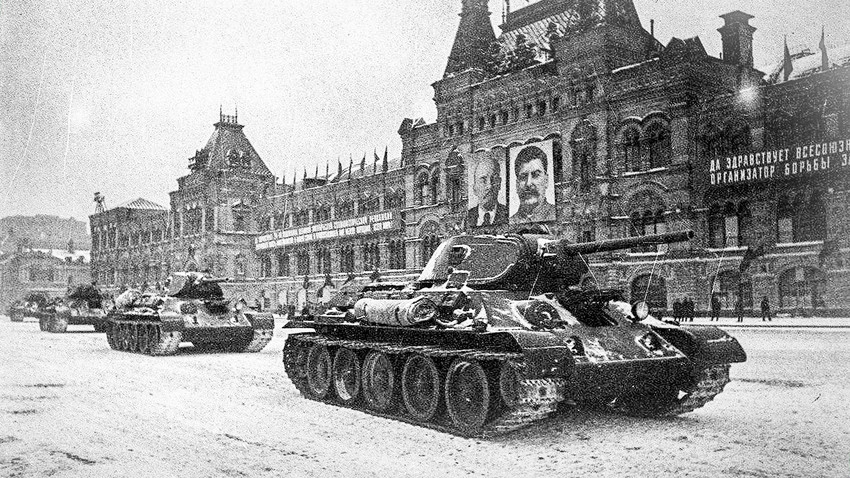We have compiled a list of the 50 most interesting facts about the Battle of Moscow, which took place in 1941 so that we can honor the heroic sacrifice of the Red Army against the Nazi War Machine.
In the crucial year 1941, The Third Reich was very close to achieving total domination over Europe.
The Battle of Moscow will change this and completely thwart Hitler’s plans. The Battle of Moscow represents the first major turning point in WWII, unlike the Battle of Britain, it was the Wehrmacht’s first major defeat on the ground.
The Battle of Moscow marks the beginning of the Third Reich’s downfall, from this point, the fortunes of the German army were over, and the Blitzkrieg failed to subdue the USSR.
Let us explore together these 50 interesting facts about the battle that changed the course of WWII.
50 Facts about the Battle of Moscow
1. At the Nuremberg trials, Wilhelm Keitel was asked by Soviet prosecutors when did he know that the war was lost for Germany; the German commander replied shortly: Moscow.
2. The Battle of Moscow campaign can be easily split into 2 stages: the defensive(September 30-December 04, 1941) and the counteroffensive stage(December 05, 1941 – January 07, 1942).

3. On December 07, 1941, a Soviet KV-1 heavy tank, under the command of Pavel Gudz engaged a German armored formation.

The Soviet commander successfully knocks out 10 German enemy tanks during this skirmish.
Hi KV-1 tank was hit 29 times by enemy fire during the battle but suffered minor damage.
4. As a result of the counter-offensive near Moscow and the general offensive, the German units were driven back 100-250 km.
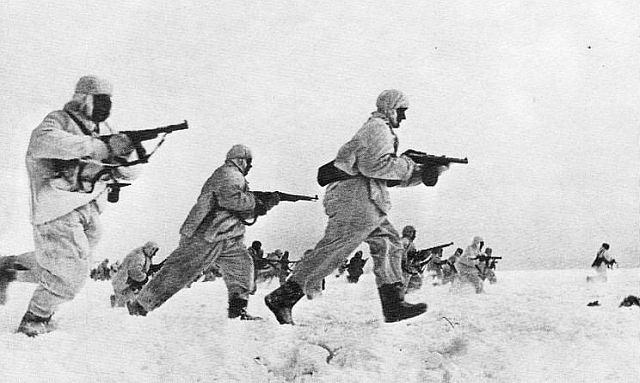
5. During the battle for Moscow, the subway of the Soviet capital was converted into an underground city and served. There was a library at the Kurskaya station, and shops and hairdressers worked in the metro. During the years of the war, 217 children were born in the “underground”.
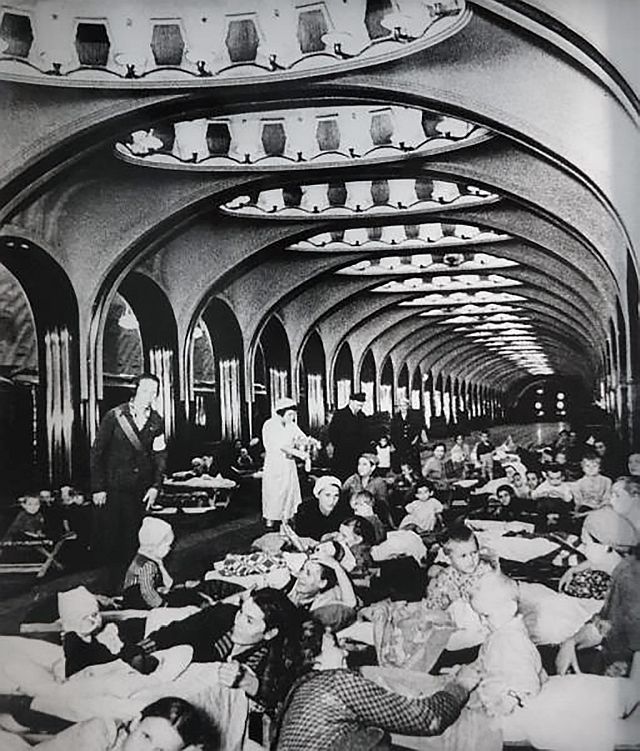
6. From the total of 849 tanks used by the Soviet Bryansk, Western, and Reserve fronts during the Battle of Moscow, only 94 were T-34 tanks and 47 were KV-1S.

7. There is a popular belief that the Battle of Moscow was won by the Soviets, mostly because of the contribution of the “Siberian Divisions”.
It is important to note, that in the defensive stage of the battle, the Wehrmacht faced only newly formed divisions and militia units formed in other Soviet regions.
8. The battle for Moscow made it clear to the German command that the hopes for a blitzkrieg were not justified. General Günther Blumentritt wrote: “Now it was important for the political leaders of Germany to understand that the days of blitzkrieg had sunk into the past. We were confronted by an army far superior in its fighting qualities to all other armies that we had ever encountered on the battlefield.”
9. Elena Gorokhova, a teacher from Krasnaya Polyana, informed the Red Army about the redeployment of a German long-range artillery battery unit.
The Red Army didn’t waste time and blasted the German positions with a counter-artillery barrage.
10. In order to lower the efficiency of the Luftwaffe bombing campaign, the Soviets enacted a blackout decree in Moscow.
All lights in the city were turned off. The decree was strictly enforced by the local authorities who were allowed to shoot at the windows of the citizens who forgot to close their lights.
11. When Zhukov took charge of the forces defending Moscow, only 90.000 Red Army soldiers were left to face the might of the Wehrmacht. Too few.
12. During the Battle of Moscow, the German 37 and 50 mm anti-tank guns were totally ineffective against the KV-1S tanks.

One German soldier who inspected a damaged Soviet KV-1 tank counted even 35 unsuccessful hits.
13. Because of the Soviet harsh winter, 133.000 Wehrmacht soldiers died because of frostbite.
14. Although the Battle for Moscow was still raging, the population of the Soviet capital was informed on December 13 that the danger of German encirclement was over.
15. According to the report of the Army Group Center, between 01-19 October 1941, the German army captured an astonishing amount of Soviet equipment: 1277 tanks, 4378 artillery pieces, 1009 anti-aicraft, and anti-tank guns, and 87 fighter aircraft.
16. The casualties suffered by the Red Army during the Battle for Moscow were bigger than the combined losses of the British and American armies in the entire WWII.
17. The total number of participants at the Battle for Moscow from both camps is estimated at around 7 million people. More than the 4 million soldiers who took part in the Battle of Stalingrad(1942) or the 3.5 million troops in the Battle for Berlin(1945)
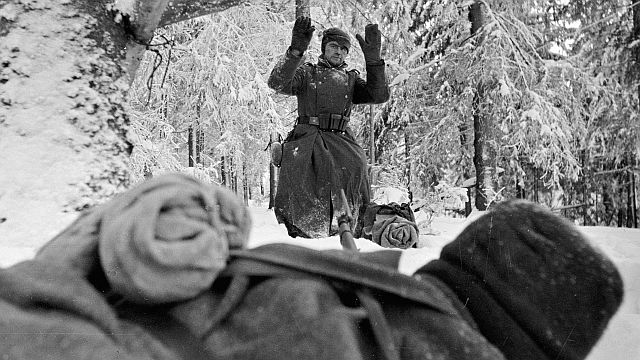
18. Though the Battle for Moscow represented a major turning point in WWII. The capital city of the Soviet Union received the Hero-City award many years after the conflict, in 1965.
It is likely that the Soviet propaganda under Stalin, wanted to hide some of the major blunders of the Soviet dictator that led to the Germans getting so close to the Soviet capital.
Probably this is also the reason why the Soviets also exaggerated the importance of the Battles of Stalingrad, Kursk, and Leningrad.
19. The Soviet intelligence services and the Red Army failed to anticipate the start of the German offensive against Moscow.
On October 5, 1941, a few days after the initial start of Operation Typhoon, Stalin and his generals still thought that the recent skirmishes between the German and the Red Army west of Moscow were of little importance.
20. Despite being advised multiple times by Zhukov and other Soviet Generals about the lack of utility in this situation, Stalin ordered the launch of many local counterattacks against the Wehrmacht.
Lacking coordination and the necessary equipment, the results of these attacks were a total waste of both men and equipment which could have been used for the defense of Moscow.
21. During the Battle of Moscow, Stalin wanted to execute Ivan Konev, because he failed to stop the German advance.
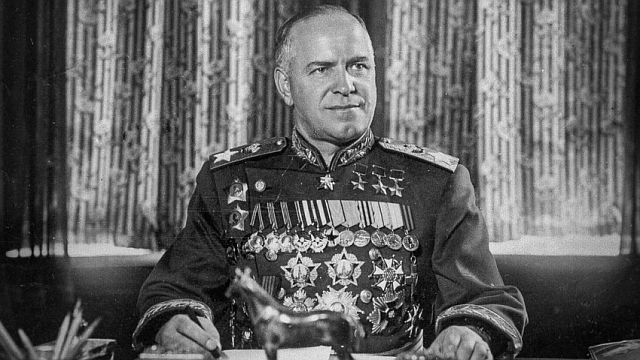
Gherghy Zhukov ultimately saved Konev.
22. For the liquidation of the captured Soviet armies in the pockets of Bryansk and Vyazma, it is estimated that the Wehrmacht used 28 divisions.
23. There are conflicting reports about how cold was the Soviet Winter.
Von Bock in a report claims that the temperatures dropped to -45 degrees Celsius.
Gheorghy Zhukov mentions only about -7 to -10 degrees in November, while other Official Soviet reports speak about -28 degrees Celsius in December 1941.
24. Of the total military force concentrated on the Soviet-German front, 75% of tanks (1700), 42% of personnel (1.8 million people), 33% of guns and mortars (over 14 thousand), about 50% were aimed at Moscow aircraft (1390).
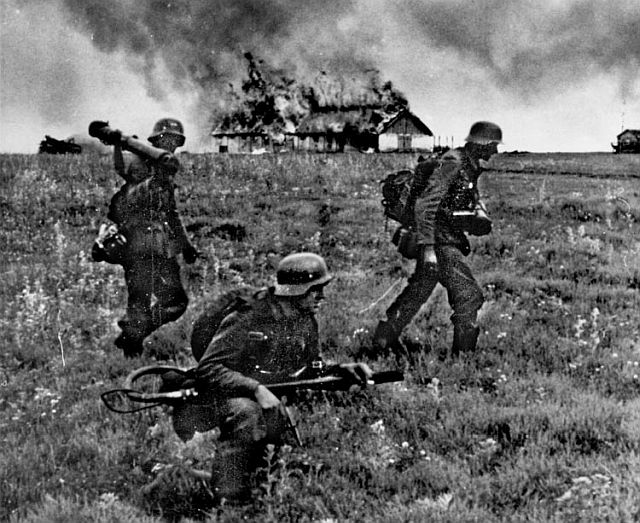
25. On November 28, Soviet railroad soldiers of armored train No. 73, on the personal order of the Commander of the 1st Shock Army, Lieutenant General Vasily Ivanovich Kuznetsov, destroyed 10 German tanks and at least 700 soldiers.
26. .In the most difficult days, when the Germans were on the outskirts of Moscow, more than 100 thousand people signed up for the divisions of the people’s militia, and 250 thousand Muscovites, mostly women, and teenagers, dug anti-tank ditches
27. On October 08, Stalin ordered the destruction of the factories and other critical buildings in Moscow, in case the city would’ve fallen into German hands.
Special teams under the command of General Serov were tasked with completing this operation. According to the plans, 1000 buildings inside Moscow would’ve been destroyed if the Germans conquered the city.
28. The Aerial defense of Moscow was supported by American Aircobra planes and 2 squadrons of Hurricane fighters which were provided by the Western Allies, through the Lend-Lease program.
29. Besides being the Capital of the USSR, Moscow also had another important role in the war effort.
It was an industrial and strategic railway center. This is most likely the primary reason why the Nazis thought that with the capture of it, the Soviet resistance would quickly collapse.
30. By the beginning of December 1941, the Germans believed that the Soviets weren’t capable of launching any other significant offensives.
Stalin had a little surprise for them: 18 divisions, 1700 tanks, and 1500 aircraft have been hastily brought from the Far East, especially Siberia, to deal with the German thread once and for all.
31. Even with the reinforcements from Siberia and the Far East, the Germans still outnumbered the Soviets. This time, the Soviets concentrated their reinforcements in the critical sectors and achieved local superiority of 2-1.
32. According to Marshall Zhukov, Moscow was geared for total war, all major factories inside the city were converted for military production while a quarter of a million citizens worked without mechanical means to dig extensive fortification works.
33. The commander of the 2nd Panzer Army, Heinz Guderian, who lost his rank after the Battle of Moscow, blamed the Fuhrer for the failure of the Blitzkrieg in his memoirs: “We suffered a bitter defeat, thanks to the stupid position of our High Command.”
34. Among the Soviet commanders who contributed to the defense of Moscow was Andrei Vlasov, who would later switch sides and become a Nazi collaborator.
35. The Red Army advanced only 3.8 km on the first day of the Soviet Counteroffensive, which started on December 5, 1941.
36. After the victory at Moscow, an optimistic Stalin believed that the time has come for a massive large-scale offensive on all fronts against the Wehrmacht.
Unfortunately for the Red Army, the large-scale offensive ordered by Stalin proved to be another disaster.
37. Matildas and Valentines British tanks took part in the defense of Moscow, thanks to the Lend-Lease program.
38. According to some estimates, the British tanks around Moscow, made up 30-40% of the total strength of the medium and heavy tanks in December 1941.
39. Many stories of the bravery and achievements of the Soviet soldiers were often greatly exaggerated by Communist propaganda.
One of these stories is the famous “Panfilov’s 28 Men”.
According to the official version of the story, 28 soldiers under the command of Ivan Panfilov, sacrificed their lives to stop the advance of 50 German panzers.
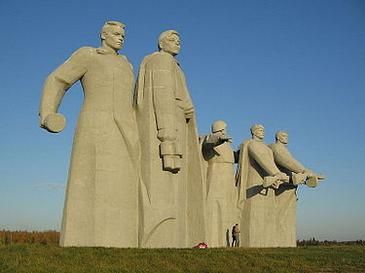
In reality, the total number of Soviet defenders was 100, and there were survivors after the clash.
40. It took the Wehrmacht more days to reach Moscow in 1941(166 days) than it took to Napoleon’s Grand Armee in 1812(100 days)
41. After the destruction of Vyazma and Brianks’ pockets of resistance, the total strength of the Red Army was reduced by 41%.
42. During the offensive phase of the Battle of Moscow, the Soviets suffered twice as many casualties as the German enemies.
43. On October 13, 1941, on the same fields of Borodino, where Napoleon clashed with the Russians in 1812; elements of the 32nd Rifle Division clashed with the 2nd SS Das Reich division.
44. According to some stories, Victor Polosukhin, a Red Army colonel visited the Borodino Battle Museum in October 1941, and in the guestbook of the museum he wrote about the purpose of his visit: “I have come to defend the battlefield.”
45. According to Soviet claims(which are ofter exaggerated for propaganda reasons).
Between July 1941 and April 1942, the Luftwaffe conducted 141 major raids against Moscow. The Soviet defenders claim that they made them pay dearly for every air raid, nearly 1400 German aircraft were shot during this time.
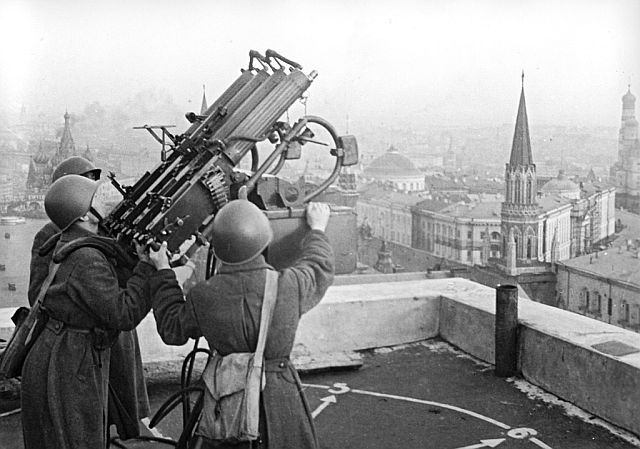
Of course, the German figures are not the same as the Soviet ones.
46. For their great contribution to halting the German Blitzkrieg, in 1944 the medal “For the Defence of Moscow” was created and over 1 million people received this prestigious award.
47. The arrival of Hoepner’s 4th Panzer Division was a complete surprise for the Soviets.
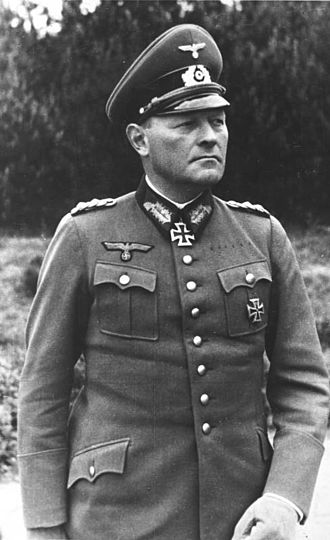
The Red Army spies still thought that Hopner’s unit was still around Leningrad.
The Germans tricked the Soviets by leaving the radio operator in Leningrad as a decoy.
48. In the Battle of Moscow, balloons were massively used. Hundreds of balloons hung in the sky of Moscow, making it difficult for the Germans to bombard accurately.

49. According to the history documentary, Soviet Storm. WW2 in the East; the citizens of Moscow donated their precious valuables to a special fund created for the defense of the city.
In total: 8 kg of gold, 377 kg of silver, and 1.4 kg of platinum were donated to the Defense Fund of Moscow.
50. It is estimated that Moscow was surrounded by 150 minefields.
Sources and further reading
- Robert Forczyk, Moscow 1941: Hitler’s first defeat, Osprey Publishing
- David M. Glantz, Barbarossa Hitler’s Invasion of Russia 1941, Tempus Publishing Ltd
- Alan Clark, Barbarossa: The Russian-German Conflict 1941-1945, Cassell
- David Stahel, Operation Typhoon Hitler’s March on Moscow, October 1941; Cambridge University Press.
- David Stahel, The Battle for Moscow, Cambridge University Press
- David M. Glantz & Jonathan M. House, When Titans Clashed How the Red Army Stopped Hitler.
- Niklas Zetterling and Anders Frankson; The Drive on Moscow 1941 Operation Taifun and Germany’s First Crisis of World War II; Casemate
- Alexander Werth, Russia at War 1941-1945 a History; Skyhorse Publishing.
